Fast Charge: 2020 is already the year of the daftest smartphone names
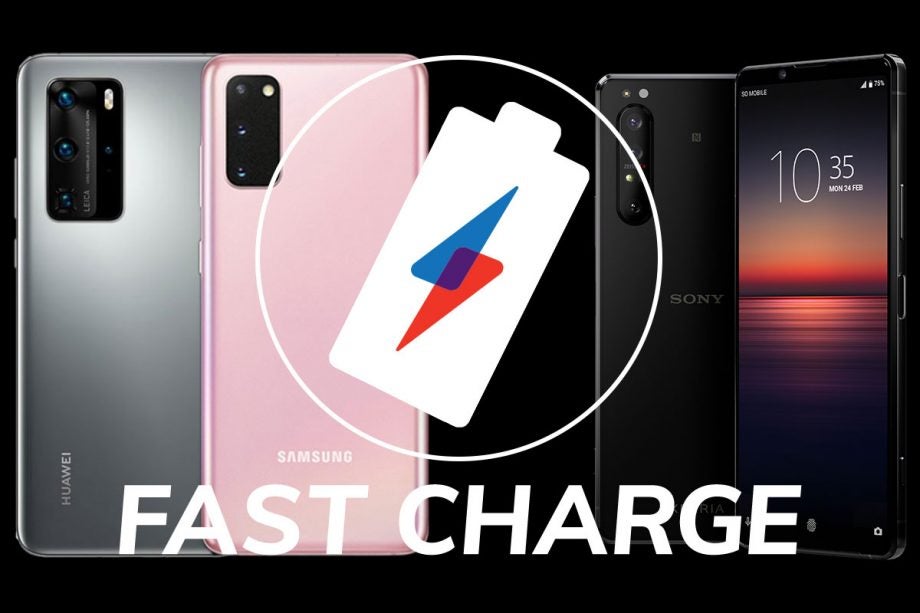
Mixing different numerical systems, starting again from scratch, jumping back – or forward – by several generations? Here are 2020’s weirdest phone names.
Wherever we go we take our smartphones with us, and in some ways, they almost become an extension of ourselves: they’re there when we want to take photos with friends, find out directions, order food, watch TV shows, play mobile games, or send messages.
But even though brands want us to feel affection for the mobile devices that we spend so much of our lives with, sometimes the unwieldy or flat-out bizarre names make them hard to love.
When bragging about your latest handset, you don’t want to vomit a soup of letters and numbers with no relationship to any known language. You also don’t want to sound like an overenthusiastic but insensate marketing executive with an equally incomprehensible Myers-Briggs score stickied on their LinkedIn profile.
Yet some manufacturers are still struggling to heed these lessons, despite the millions spent on marketing each year – and so here’s a round-up of the biggest blunders in naming since the Beckham family made the fateful decision to procreate.
Apple
The world’s most valuable tech brand has atoned for some grave mistakes in the past year thanks to the new iPhone 11 range. In the past couple of years we’ve had to endure crimes against names including skipping the iPhone 9 altogether; using Roman numerals for a special anniversary edition iPhone X (which was somewhat less ceremoniously scrapped after just one year); insisting that the Roman numeral was pronounced “ten”, not “ex” – a rule obeyed by precisely nobody (thankfully, given that the iPhone XS Max would then be pronounced akin to “tennis match”); and releasing the iPhone XR, where the R officially stood for… nothing.
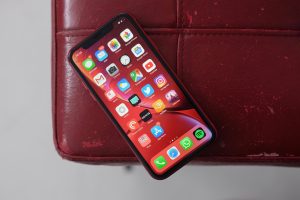
iPhone XR: “Nobody knows what it means, but it’s provocative… gets the people going”
But the device that’s now in my sights is the iPhone SE. Why, you ask, would I be ranting about an endearing little phone released three years ago? Well, the simple answer is, I’m not; this is actually the device set to become the newest member of the iPhone family when it launches in a matter of weeks. Yet it’s taking the same name as a previous phone that’s only just gone off sale – and, to make things even more confusing, it’s set to use the same shell as the iPhone 8 (which still is on sale).
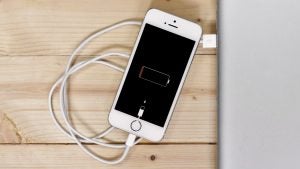
The original iPhone SE, special no more
Bearing in mind its lower specs, the initials “SE” (standing for “Special Edition”) makes me wonder whether it was named by an enthusiastic but patronising primary school teacher. Still, at least it does stand for something this time. Some commentators expected this device to fill the vacant “iPhone 9” slot finally, but it seems like that device will be forever lost in an alternative dimension, along with the non-existent iPhone 2.
Related: Best iPhones
Samsung
Samsung’s naming system had been painstakingly established over ten years, running from the Samsung Galaxy S up to the Samsung Galaxy S10, while the company cemented its reputation as the chief Android rival to Apple’s all-conquering iPhones. So it was a bit of a surprise that the brand then jumped forward by ten models to release the Samsung Galaxy S20 – seemingly for no reason whatsoever. Shortly after revealing the change, Twitter tipster Ice Universe attempted to explain the thinking behind it in the following tweet:
Next year is 2020, and 20 is a new beginning.
— Ice universe (@UniverseIce) December 24, 2019
…so as I said, seemingly for no reason whatsoever.
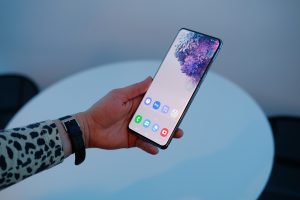
Samsung Galaxy S20 Ultra: Ultra by name, ultra by nature
In other ways, though, this line offered an improvement. It’s at least clear where the devices stand in the range, with the Samsung Galaxy S20 Ultra being top of the tree and the Samsung Galaxy S20 as the base model.
Previously we had the Samsung Galaxy S10e as the lowest model in the series. At first glance, it might merely have been an attempt to avoid calling the device “Lite” – which coincidentally rhymes with a less flattering Anglo-Saxon description of a low-performing device. But this strategy was undermined when – almost a full year after the rest of the series launched, and mere weeks before the new versions – the inexplicably-titled Samsung Galaxy S10 Lite made its debut, bearing almost no resemblance whatsoever to the rest of the phones in its family.
Huawei
Fresh off the production line is Huawei’s top-spec premium flagship device. In addition to the Huawei P40 Pro, we’ve got a new model, named the “Pro Plus”. You’d think that high-flying company executives might be familiar with substances designed to keep you awake, but evidently not. This name takes after the brand of caffeine capsules (and I very much doubt that’s a deliberate nod to its exceptional late-night photography expertise). In case you’re wondering, the series’ low-spec model happens to be called the Huawei P40 rather than the Huawei P40 Valium.

Huawei P40 Pro Plus: Wakey wakey
The company’s other flagship brand is the Mate. While of course, this is well-meaning, it does seem like they’re trying to tell us they want to be a friend first, and a smartphone second (…probably an entertainer third). But generally, Huawei performs reasonably well when it comes to names: ascending order over the years, and it’s always clear what the top-spec model is.
Sony
Boy, this one’s a beauty. For a couple of years, Sony’s naming conventions were a strange mix of letters (the XZ series, the XA series – where, intuitively, the highest letter in the alphabet corresponds with the lowest in the range. Duh.), but at least the ordinal numbers still made sense: the Sony Xperia XZ2 followed the Sony Xperia XZ1, and in turn was followed by the Sony Xperia XZ3. So far, so adequate.
Then the brand launched a new naming system – along with the equally strange design to elongate its devices to a 21:9 aspect ratio – and started from scratch all over again with the Sony Xperia 1 flagship. Even more questionably, this was launched next to the Sony Xperia 5, which isn’t as good, and the Sony Xperia 10, which is even further down the pecking order. So we were interested to see what name would be given to the sequel once the brand seemed to have painted themselves into a corner (an “Xperia 2” would surely indicate lower quality given the established convention).
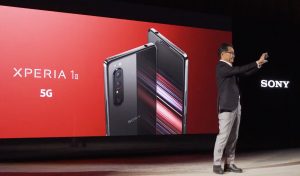
Sony Xperia 1 II: What have the Romans ever done IV us?
Even our worst fears had not prepared us for the brand to mix Arabic numbers and Roman numerals, giving us the inelegant Sony Xperia 1 II. This, in the words of Peep Show’s Mark Corrigan, is bound to cause “an interdenominational hangover of some kind”. Saying its name aloud even gives the effect of a boxing punch combination, which was perhaps the appropriate reward for whichever marketing executive came up with the idea.
What’s in a name?
Beyond poking fun at hugely successful multi-billion dollar brands for my own amusement during an indefinite quarantine, there’s a more pressing reason why these smartphone names are important – brands should make it clear to customers what they’re paying for, what the next upgrade is. This should work in favour of both the company and the customer.
In an ideal world, I’d like to see smartphone manufacturers take after the imaginative boxer George Foreman when it comes to naming conventions. The former heavyweight champ has five sons, whose names read like a rollcall of regency monarchs: George Jr, George III, George IV, George V, and George VI.
But failing that, can we at least agree to stick to one numerical system and make sure that letters and words actually mean something tangible to the phone?


